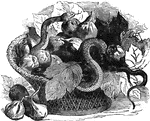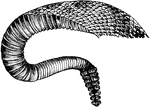Clipart tagged: ‘viper’
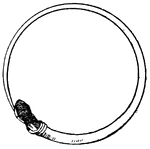
Antique Serpent Bracelet
This Serpent antique bracelet is in the form of a viper. It came from Pompeii, Rome.

Serpent Cast
The Serpent Cast a form created by both a viper and lizard. It was typically used for symbolic and decorative…

Serpent Cast
Serpent is a word of Latin origin, meaning something that creeps. It was typically used for symbolic…

Puff-adder
These venomous snakes have triangular heads and short stocky bodies. They are a highly poisonous snake.
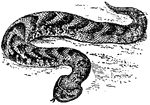
Puff-Adder
A highly poisonous African viper. It's name is derived from the habit of inflating its body when alarmed…
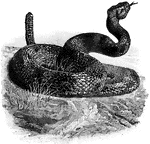
Rattlesnake
A venomous serpent whose tail ends in a rattle. It rattles its tail to warn potential predators to back…

Viper
Venomous snakes belonging to the Viperidae family. They are characterised by long erectile fangs, which…
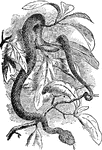
Viper
An illustration of an atheris burtoni, a species of viper. These snakes are found all over the world,…
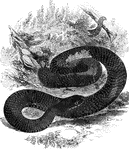
Black viper
Found in Europe from Sweden to the Medittanean Sea, the black viper is also the only venemous reptile…

Common Viper
"Viper is a genus of venomous snakes. This family includes many important forms– e. g., the common…
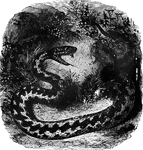
Common European viper
The common European viper feeds on a small quadrupeds and reptiles. Its bite is venemous, but not usually…

Common Vipers
"Viper is a genus of venomous snakes. This family includes many important forms– e. g., the common…

